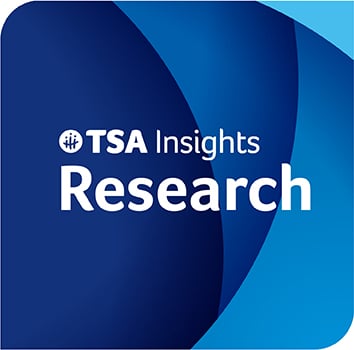Prenatal diagnosis and intervention in children with TSC
Purpose of this study
This study aimed to assess whether prenatal diagnosis of TSC and early intervention are correlated with better developmental and epilepsy-related outcomes than postnatal diagnosis.
About this study
This was a retrospective, single-centre study of children with TSC where the authors assessed the value of early intervention for developmental outcomes in children at 2 years of age. The study was conducted out of the largest TSC clinic in China, where over 450 TSC patients are treated each year from all over the country. This clinic coordinates care with a large obstetrics centre to provide complete perinatal follow-up for children with TSC. Given this model of care, the study population is only somewhat representative of the total TSC population.
Participants in the study
The study included 273 children who attended the clinic from June 2015 to May 2021 who met the following criteria: diagnosis received before 2 years of age (including prenatal diagnosis), prenatal diagnosis with TSC-related intracranial lesions or cardiac rhabdomyomas confirmed by foetal MRI or ultrasound, TSC1/TSC2 mutation evaluated by genetic testing (pre or postnatally), and complete follow up data up to at least 2 years of age. Children diagnosed prenatally were treated with sirolimus until 2 years of age and vigabatrin until 12 months of age, while those diagnosed postnatally were treated with vigabatrin and sirolimus only after a clinical diagnosis of epilepsy.
A total of 31 children were diagnosed prenatally with an average diagnosis age of 31.6 weeks’ gestation. 18 out of the 31 children diagnosed prenatally were preventatively treated with vigabatrin and/or sirolimus at the standard dosing rate for their age.
The other 242 children diagnosed postnatally had an average age of diagnosis of 9.7 months. 75.2% of postnatal diagnoses were diagnosed due to epilepsy, followed by brain lesions (7.9%), skin lesions (7.4%) and cardiac rhabdomyomas (5%).
Outcomes of this study
Epilepsy occurred in 203 of the children in the study, with an average age of 7 months at onset. 120 of these developed drug-resistant epilepsy. 18 of the 31 children diagnosed prenatally developed epilepsy with an average age of onset at 6 months. Of the 18 who developed epilepsy, 8 developed infantile spasms and 6 developed drug resistant epilepsy by 2 years of age.
The researchers found that the rate of epilepsy was significantly lower in children diagnosed prenatally than postnatally, and even lower still in the preventatively treated subgroup (7 out of 18) versus those in the non-preventatively treated subgroup (11 out of 13). However, they acknowledge that the sample size of children diagnosed prenatally was small, and that larger sample size studies need to be undertaken.
With respect to developmental outcomes, 43.9%, 47.6% and 44.3% of the children were borderline for cognitive, language and motor development respectively, while 21.6%, 25.3% and 19.4% were underdeveloped in these areas. Even after adjusting for potential contradictory data, preventative intervention provided significant improvements in cognitive and language development.
Author’s hypothesis
The authors found that early diagnosis and intervention not only reduces the occurrence of epilepsy but also the development of drug-refractory epilepsy in TSC. It also improves developmental outcomes. They found that preventative intervention had, “… a significantly protective effect on the development of children with TSC.” Based on their findings, the authors recommend preventative treatment with sirolimus and vigabatrin before epilepsy symptoms develop, as they hypothesise this would reduce the incidence of epilepsy and improve cognitive, language and motor development as compared to postnatally diagnosed individuals who receive treatment after the occurrence of symptoms.
Limitations of this study
This study is limited by the fact that it was single-centre study with a small sample size and short follow up period. A larger, double-blind, multi-centre randomised trial is needed, with a longer-follow up period.
Why this study is important
This research provides a basis for pursuing further research, like Sydney Children’s Hospital’s STOP2 trial, to investigate whether early diagnosis and intervention can improve neurological outcomes in children living with TSC.
Wang, X., Ding, Y., Zhou, Y., Yu, L., Zhou, S., Wang, Y., & Wang, J. (2022). Prenatal diagnosis and intervention improve developmental outcomes and epilepsy prognosis in children with tuberous sclerosis complex. Developmental Medicine & Child Neurology, 64(10), 1230–1236.
Abstract (free) and full article (fee charged) available at https://doi.org/10.1111/dmcn.15265
DISCLAIMER
This information is intended to provide some insights into recent TSC-related research. It is not intended to, and it should not, constitute medical or other advice. Readers are warned not to take any action without first seeking medical advice.

